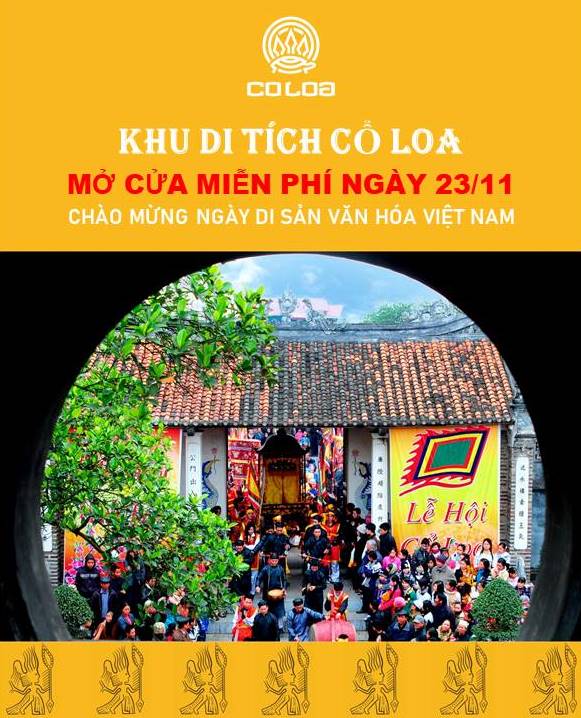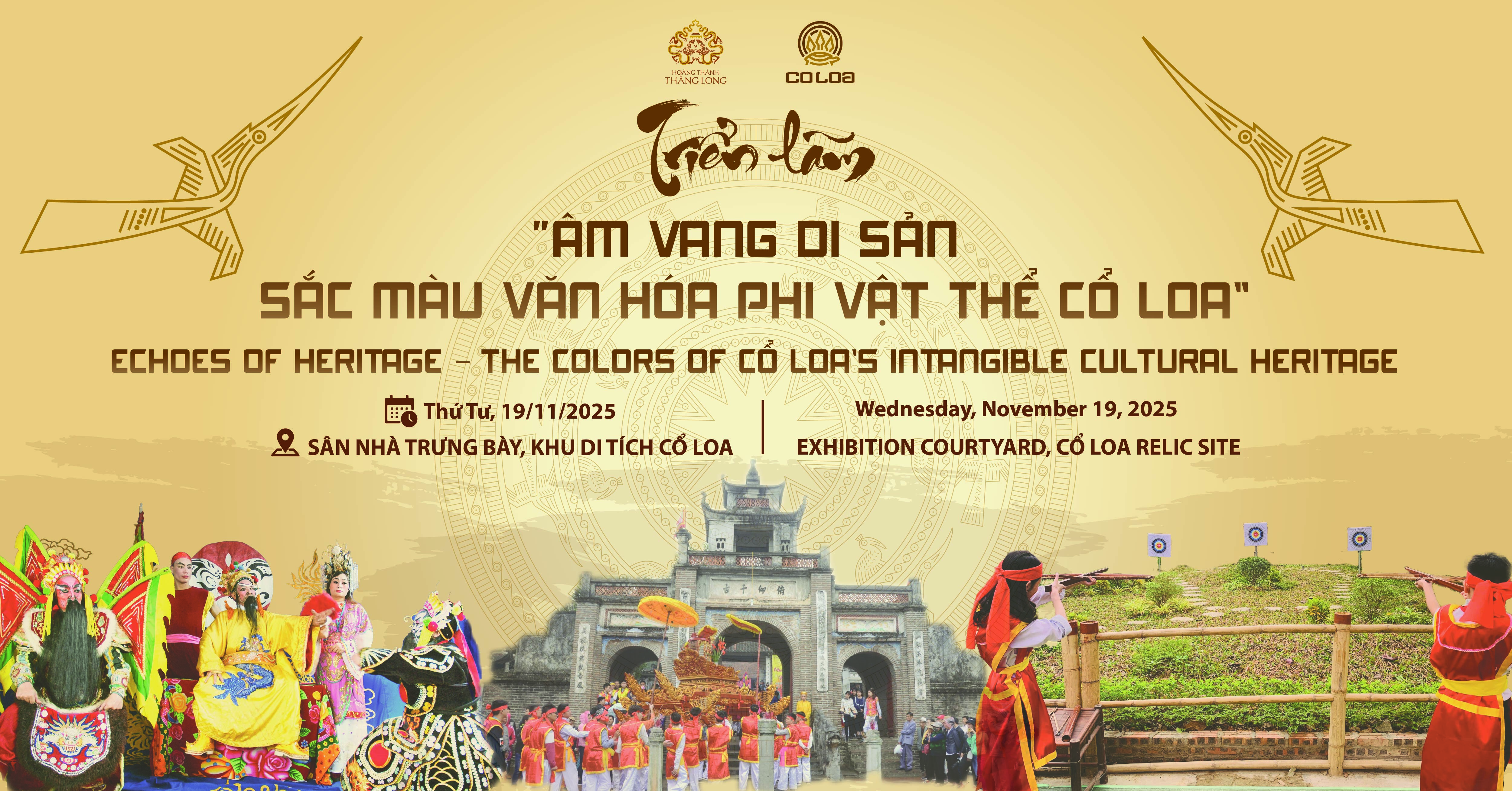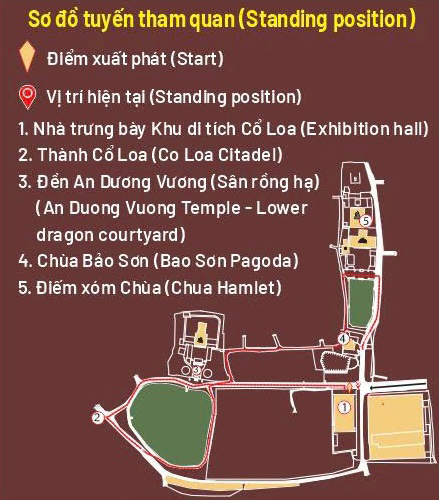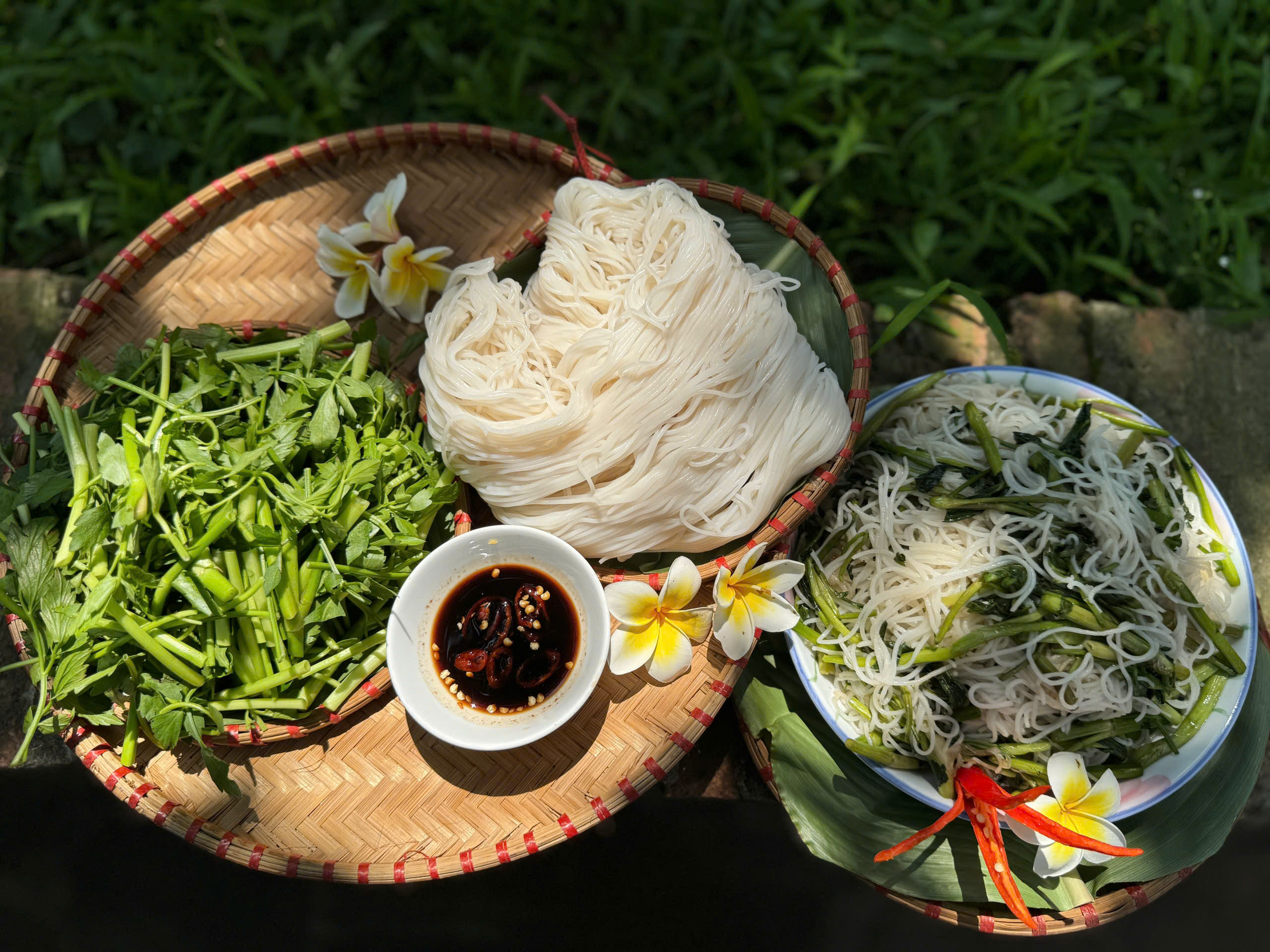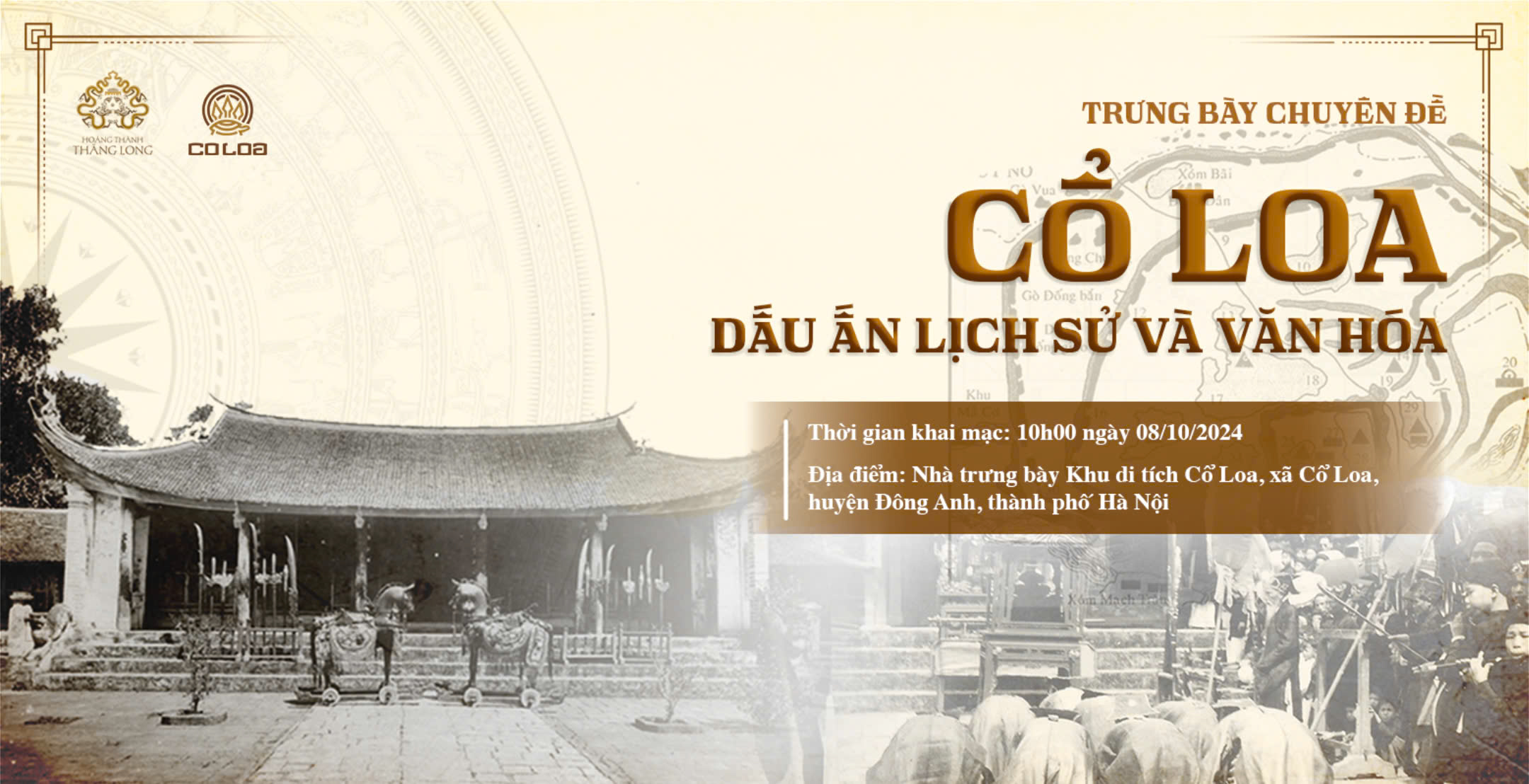
1. The ancient Vietnamese people lands
Cổ Loa was the settlement area of the ancient Vietnamese people about 4000 years ago. The material traces remaining there have demonstrated a long, continuous development in the archaeological cultural periods of : Phùng Nguyên - Đồng Đậu - Gò Mun - to Đông Sơn as the peak with the formation of Âu Lạc state (3rd - 2nd century BC).
The first settlers at Cổ Loa belonged to the Phùng Nguyên-culture period. They settled in densely populated and prosperous farming and fishing villages on high grounds along the Hoàng Giang River. They were followed by the Đồng Đậu-Gò Mun culture inhabitants who continued to expand their settlements closer to water sources, along lakes and lagoons, and promoted wet-rice farming, handicrafts, and perfected metallurgical techniques, creating a turning point in the socio-economic development.
They were the community of the Đông Sơn-culture period. Based on agriculture, the metallurgy - bronze making continued to develop to the highest level. At Cổ Loa, residential centers, handicraft workshops, and warehouses for storing wealth were discovered. The typical ones are 03 handicraft workshops (metallurgy and bronze-making centers) Đình Tràng, Đền Thượng, Mả Tre and the bronze-arrowhead warehouse Cầu Vực. The economic development and the deep social differentiation led to the appearance of the Âu Lạc state. The system of Đông Sơn-culture artifact discovered in Cổ Loa includes stone, ceramic, bronze, and iron ones of many different types such as: labor tools, weapons, household utensils, jewelry, musical instruments, etc.,. especially the bronze drum Cổ Loa I, the bronze-arrowhead warehouse, and the bronze javelins. They serve as evidence for the two outstanding achievements of the Âu Lạc state in metallurgy, bronze making, and wet-rice agriculture of the ancient Vietnamese, which have great significance for the research into the Red River civilization.

 Ornaments (4th – 1st century BC)
Ornaments (4th – 1st century BC)
 Artifacts from Đình Tràng site
Artifacts from Đình Tràng site
 Đông Sơn culture
Đông Sơn culture

Đông Sơn of weapons
2. Cổ Loa – an Imperial Capital, a Military city, and a City
In 208 BC, Thục Phán - the Vietnamese leader united the two Âu Việt and Lạc Việt tribes, ascended the throne, took the title of An Dương King, and chose Cổ Loa to be the capital of Âu Lạc. Cổ Loa Citadel was built on a large scale, not only in line with the development trend of the country but also in line with the need to protect the country, which was the combination of the Capital with the Military Citadel and the City Citadel.
During the Âu Lạc period, Cổ Loa was located at the apex of the Red River Delta triangle and was an important intersection of waterways and roads. From this location, it was possible to control both the plains and the mountains. Architectural materials discovered in the Inner Citadel area allow visualization of large-scale architectural structures such as palaces and towers of the royal court that were built.

Geo-cultural and political outline of the Hồng (Red) River Delta

Architectural materials of the Âu Lạc period: Cổ Loa tiles
Cổ Loa was a military citadel during the An Dương Vương period. The Citadel had three solid earthen ramparts, spiral- shaped, wide in the North and narrow in the South, high walls, deep moats, densely arranged bastions, ramparts, creating a military base that harmoniously combined infantry and navy. Along with that was a strong army equipped with bronze weapons such as: three-sided bronze arrows, javelins, spears, axes including the “magic crossbow” that created a solid defense to protect the Au Lac state.
Cổ Loa Citadel was meticulously built, with three high ramparts, a deep moat, and a sturdy stone foundation base. Inside the citadel walls, there were layers of ceramics in varying thickness to prevent landslides and erosion. At the three ramparts there are mounds of earth protruding outwards called “Bastion". In the old days, bastions would help to block up the enemy’s advance. Soldiers used the bastions as shelters from where they could shoot at the enemy troops with arrows. The enemy troops would be driven into the “death corners” of the Citadel to come under attack from three directions: from the top of the Citadel and from the two bastions on two sides.
All three walls have an outer moat, connecting to the Hoang Giang River, the Dam Ca - Vuon Thuyen, Ao Mam systems form a "military town", which can accommodate hundreds of warships. By building a moat system surrounding the three walls, An Duong Vuong turned Co Loa into a solid military citadel to fight against foreign invaders. The discoveries of bronze arrowhead molds, or bronze arrowhead warehouses at the Thuong Temple site, or Cau Vuc, have proven that a modern system of weapons to protect the citadel was equipped for soldiers during the An Duong Vuong period.
 Diagram of the three moats of Co Loa citadel
Diagram of the three moats of Co Loa citadel

Temple of the South Gate of the Central Citadel

Đống Chuông Mount
The moat system, in addition to providing water for daily life, irrigation for agriculture, and fishing, is also a prosperous traffic and trade route between Co Loa residents and other regions. Hoang Giang River, also known as Thiep River, connects with the quadrilateral river network including the Red River, Duong River, Ca Lo River, and Cau River, opening up an international exchange route between the center of Co Loa (Ke Cho) and the outside area. Co Loa is an economic center with a strongly developed agriculture, using bronze plows and buffaloes as traction, resulting in high productivity, along with metallurgy and trading. Co Loa Market (Sa Market) from the time of An Duong Vuong is still maintained today, a place for exchanging goods and cultural exchange of Co Loa residents for thousands of years.
 Đầm Cả swamp
Đầm Cả swamp
 Co Loa Local Market
Co Loa Local Market
3. Unique cultural space
Cổ Loa has been a traditional Vietnamese residential area, with various Vietnamese generations for thousands of years, still preserving and maintaining the whose landscape and morphology of traditional Vietnamese villages, such as a system of memorial architectural works, ancient houses, village roads, gates, alleys, banyan trees, wells, communal house yards, hamlets, ancient villages, ancient landmarks, along with cultural activities, folk legends, customs, festivals, cuisines and the like blending together, creating a unique cultural space of Co Loa, have been preserved and maintained.
 Temple of King An Duong Vuong
Temple of King An Duong Vuong
 Local well at điếm Xóm Chùa
Local well at điếm Xóm Chùa
 Ancient Co Loa Festival (photo taken in 1940)
Ancient Co Loa Festival (photo taken in 1940)
 Co Loa Festival today
Co Loa Festival today
 Officials of the naturalization ceremony
Officials of the naturalization ceremony
 Mach Trang noodle making profession
Mach Trang noodle making profession
The exhibition will open to visitors from October 8, 2024, at the Co Loa Relic Site Exhibition House, Chua Village, Co Loa Commune, Dong Anh District, Hanoi City. Sincerely invite./.

